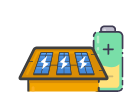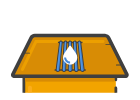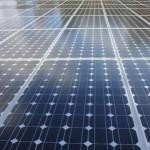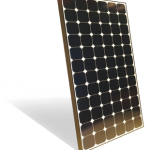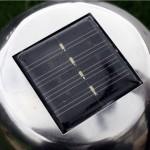'Microbead' technology could revolutionise solar PV industry
Scientists in Norway are developing new ‘microbead’ technology that promises to revolutionise the solar PV industry. The only problem is that new materials will not be produced for another five or seven years.
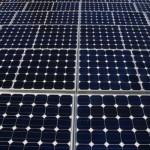 Erik Marstein, Associate Professor at the University of Oslo, heads the Norwegian Research Centre for Solar Cell Technology. Leading a team of physicists, Marstein aims to develop cheaper, thinner solar panels for the domestic and commercial markets within the next decade. In order to achieve this, the research group has proposed trapping sunlight in smaller cells using microbeads (a form of nanotechnology).
Erik Marstein, Associate Professor at the University of Oslo, heads the Norwegian Research Centre for Solar Cell Technology. Leading a team of physicists, Marstein aims to develop cheaper, thinner solar panels for the domestic and commercial markets within the next decade. In order to achieve this, the research group has proposed trapping sunlight in smaller cells using microbeads (a form of nanotechnology).
Marstein claims the new approach would cut manufacturing costs, reduce waste and improve the efficiency of solar cells.
As quoted by Science Daily, Marstein said: “About 100,000 tonnes of silicon are consumed every year. However, there is obviously something fundamentally wrong when half of the silicon must be thrown away during the manufacturing process”.
Using existing technology, solar cells only function when their silicon-plate components comprise at least 99.9999 per cent pure silicon, which is typically distributed to suppliers and manufacturers in large bricks. The bricks are sliced and shaved to produce plates that are thin enough for use in solar panels, so a great deal of waste is involved in the process. Marstein believes microbeads, which mimic the function of thicker cells by trapping the same quantity of sunlight in a much smaller area, can improve the solar industry for both producers and customers.
Alluding to the reduced silicon requirement of microbeads, Marstein added: “It is difficult to make money producing solar cells at current prices. To make money, solar cells must be manufactured much more cheaply”.
Professor Aasmund Sudbb, a physicist working alongside Marstein, noted the importance of harnessing sufficient quanta of energy, or photons, from sunlight to improve efficiency. In simple terms, the greater the exposure of solar cells to sunlight, the more energy can be captured by solar arrays, which in turn leads to the production of higher voltage.
Sudbb said: “The most obvious way ahead is to make very thin solar cell slices without increasing costs. The thinner the solar cells become, the easier it is to extract the electricity”.
Sudbb believes microbead technology can decrease the consumption of silicon for use in solar cells by as much as 95 per cent.
Find local, MSC certified Solar Installers
Start your quote
Find local, MSC certified Solar Installers







